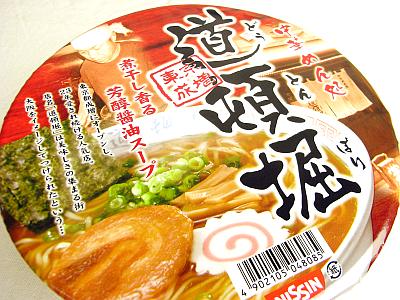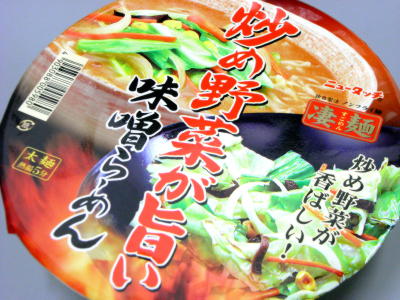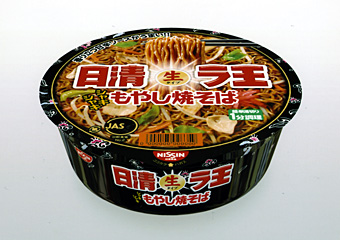We have been eating a lot of Wakayama noodles shops in Wakayama that we once had boomed
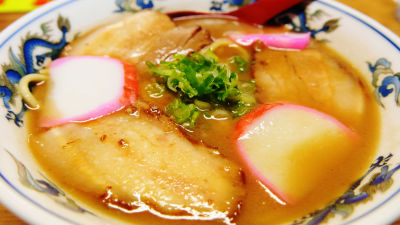
Wakayama prefecture has recorded records of soy sauce since the 13th century, there is also the theory that soy sauce is the birthplace of soy sauce. Wakayama which is such a soy sauce shop is also famous for ramen using soy sauce, and in the late 1990's Wakayama Ramen caused a big boom. Now that there is no such thing as a long queue, I was wondering what kind of situation Wakayama Ramen is currently in, so I went to a shop where I made a boom.
Wakayama City Tourism Association Official HP | Eat: Wakayama Chinese noodles · ramen
http://www.wakayamakanko.com/gurmet/grumet1.html
Wakayama Ramen is famous for pork bone soy sauce ramen, but there are soy sauce based ramen which is not white turbid, many ramen shops are sharpening palpation. So at the shop soup which is white turbid, I went to two stores called "Ide shop", "Yamaguchi dining hall", "Maruzan" at 3 shops, at a clear soup shop "O wood" "Kaiseu" I have done it.
First of all, from "Ide shop" which caused a boom. This shop, located about 10 minutes on foot from JR Wakayama Station, had a long queue when I was raising a boom and had made it a tourist attraction, but when I went to the shop at dusk, I found a queue in particular did not.
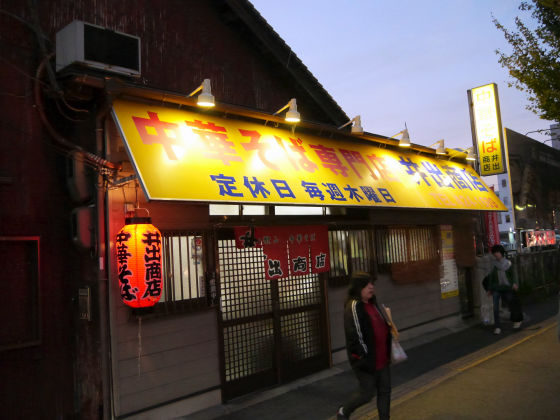
Inside the narrow store, the celebrity 's signature was stickily stuck. I will order Chinese noodle (600 yen including tax).
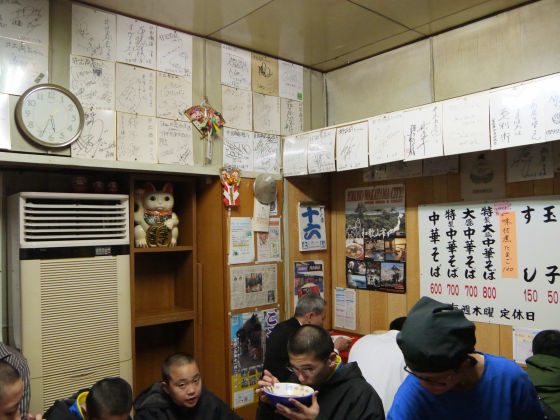
Since the amount of ramen is slightly small, I will eat it with Wakayama Stream to eat rush morning sushi (100 yen tax included) on the table. The system to declare generations at the time of accounting.

Lightly fermented mackerel 's sushi with ginger and other fresh taste. Eating together when eating Soup's rich Wakayama Ramen will make you mouth fresh.
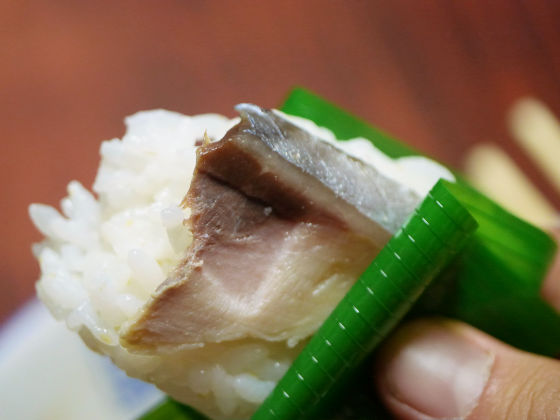
While waiting for a quick sushi, Chinese noodles arrive. To the light brown soup with soy sauce blended, Menma · It · Negi · Chashued is floating.
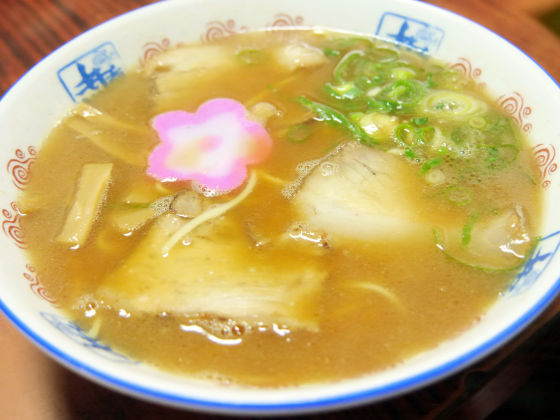
Soup fuses soy sauce · Tonkotsu delicious taste just right balance, has no viscosity and is smooth and tasty and mellow. Although the soup itself has a slight smell, it is scattered to some extent by the scent of the onion.
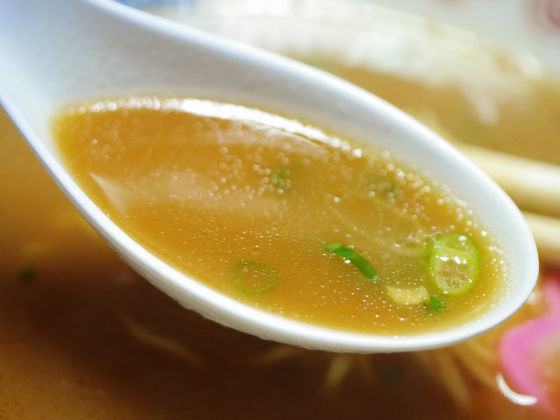
The noodles are narrow and compatibility with soup is also good.
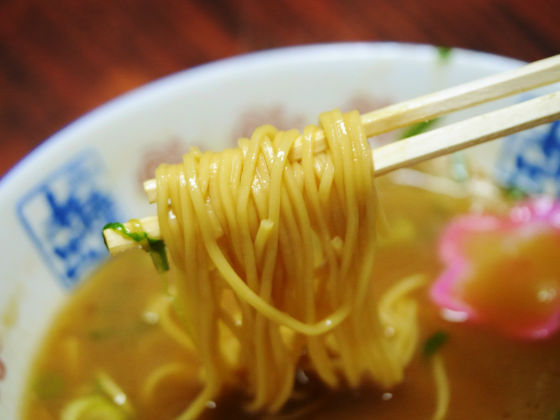
Sliced rosy meat with slimming fat. Soy sauce is soaked in so well.
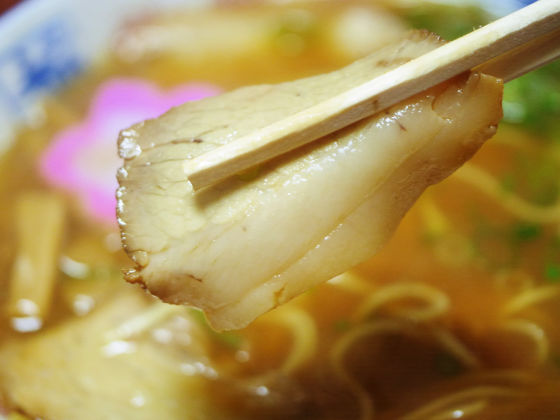
Continue to "Yamaguchi dining hall" which puts cloudy pork bone soy sauce ramen.
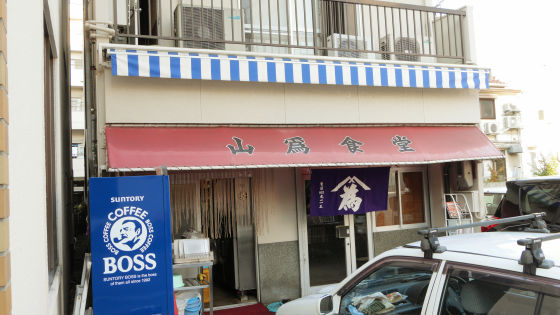
Originally it was a dining hall for dealing with bowls and the like, but now we are doing business focused on noodles. "Chinese noodle" standard thick noodles, 800 yen including tax somewhat higher price setting.

Chinese noodles have three thick slices of mustache as it turned out.
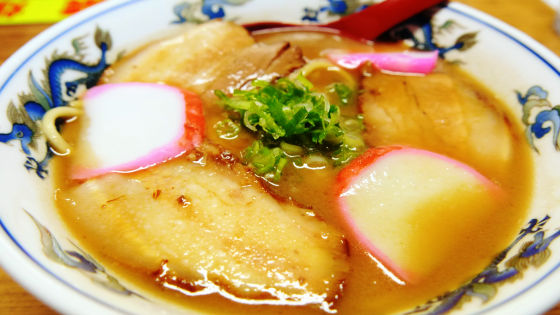
The soup is slightly rough and has a slightly higher sweetness with a higher viscosity. The taste of pig bone is stronger than Ide shop, the taste of soy sauce weakens.

Strong soup of the body, thick noodles and well matched well.
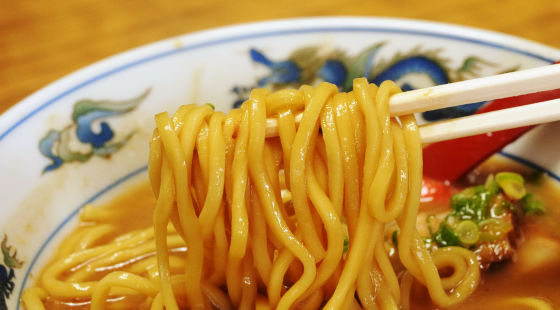
Three pieces of thick slice are on the table, so there are volumes. It is good to ask rice and eat together.
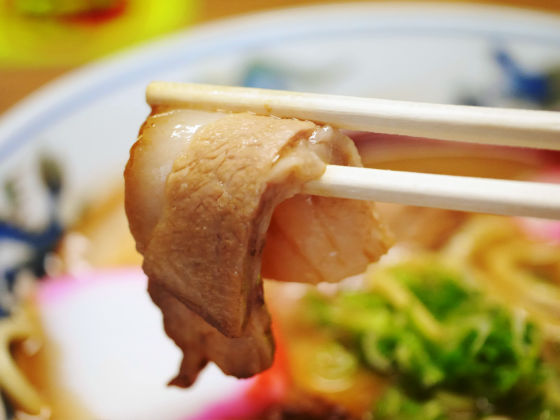
Next is "Maruzu". The shop manager is from the Ide shop and the shop manager is particularly popular with locals.

There were a lot of customers who visited by car.

Chinese noodle (600 yen including tax) is cloudy, but the color of soy sauce seems to be darker than pig bones.
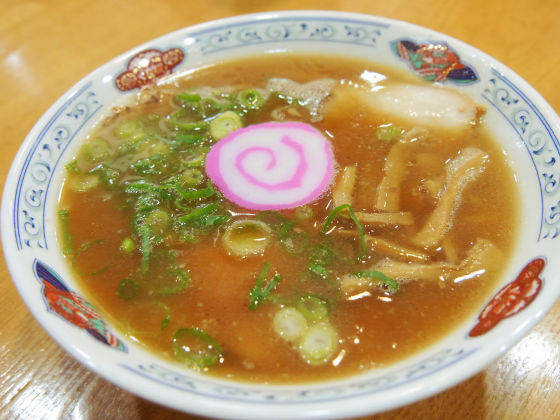
Tonkotsu of the soup is not strong, a little light. The taste and fragrance of soy sauce is also weak, pepper is also listed as standard, which seems to be pretty good.
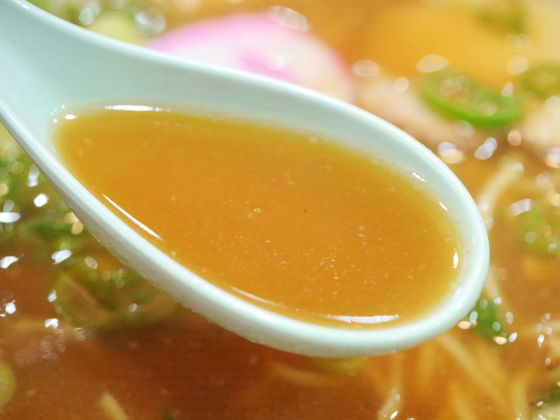
Noodles are located in the middle Taipei, but entanglement with the soup is not bad.
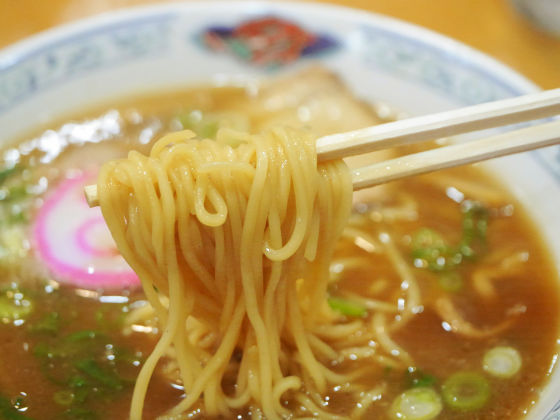
Chashu has a lean body and a smooth texture is good.
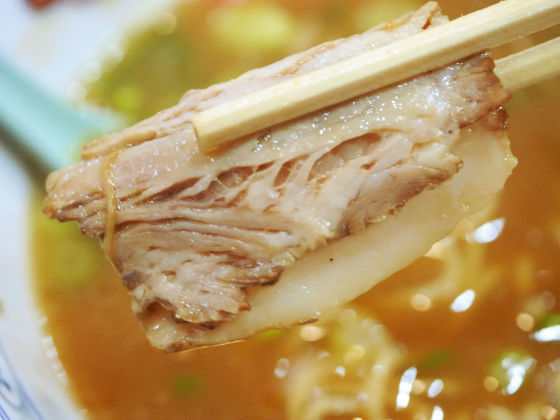
Next I will head to a shop offering clear ramen of soup. "Oki" is open only at night, it is near Wakaura Port and Mitarai Park.
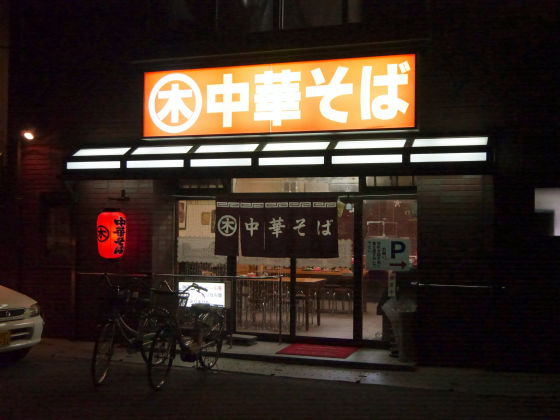
Unlike the muddy soup that we used to, the soup of Chinese noodle (600 yen including tax) has a clear color.
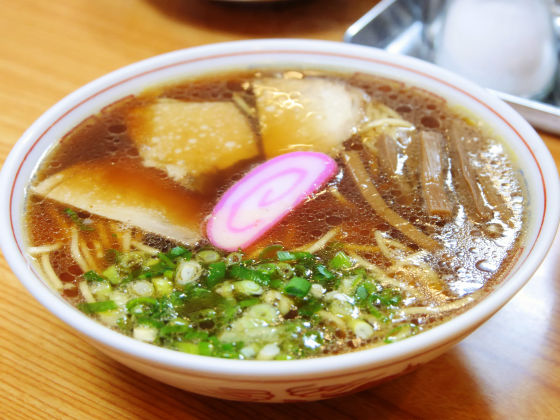
The soup is based on soy sauce, and the thick soup smells the flavor of soy sauce and seafood. Oil floating on the surface produces a sense of cotton.
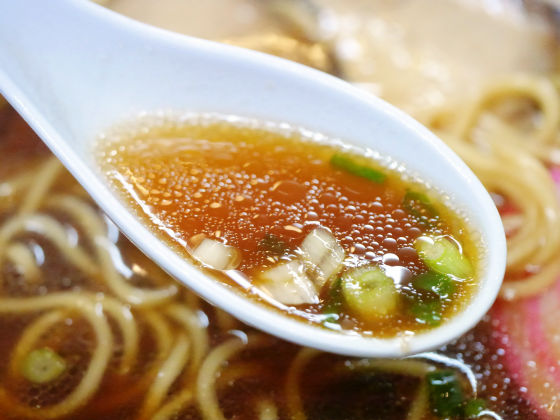
The noodles are somewhat consolidatedLow water added noodles. Good tangled with soup.
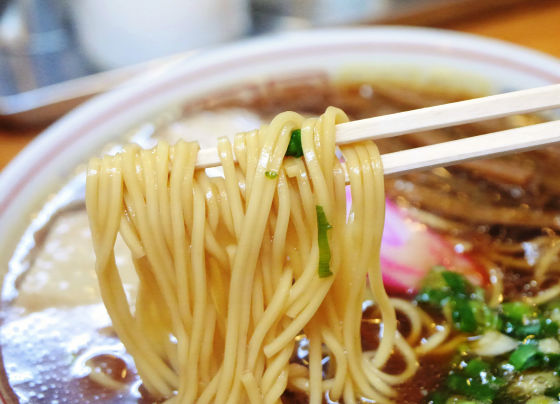
Chashuwashi was made with thigh meat and it was easy to taste.
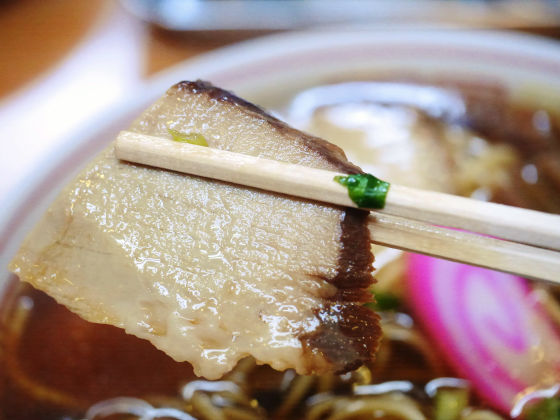
"Kaji" which has a reputation for hard, thick low water added noodles abandons shooting because photography is prohibited inside the shop. However, as we were selling take-away ramen (tax included 600 yen + container tax included 300 yen), I decided to buy it and make it. In some stores such as Maruzen and ○ wood, we also take home takeaways.
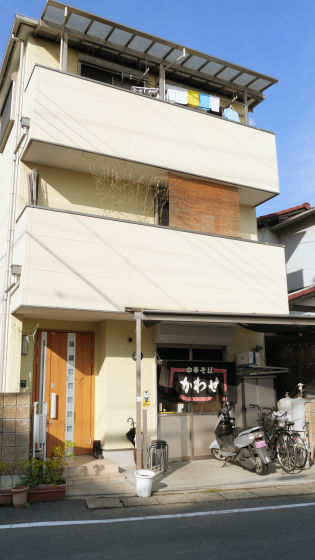
Takeaway ramen of the rice cake was soup put in a plastic bottle, with pork, chopped green onions and noodles.
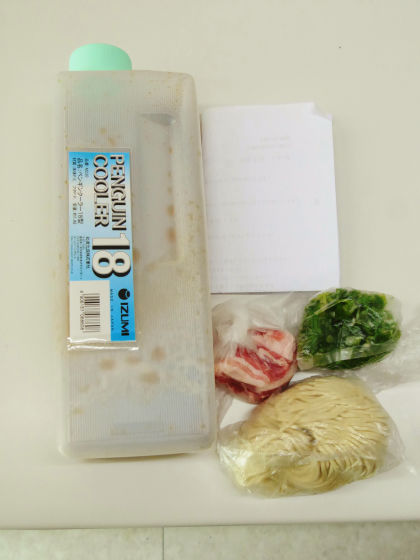
I enclose the paper on how to make it.
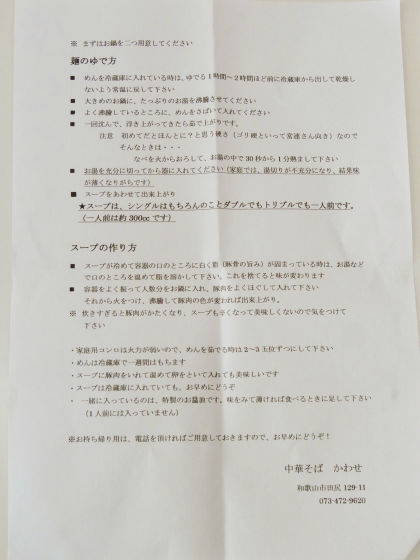
First of all we prepared two bowls and two pots.
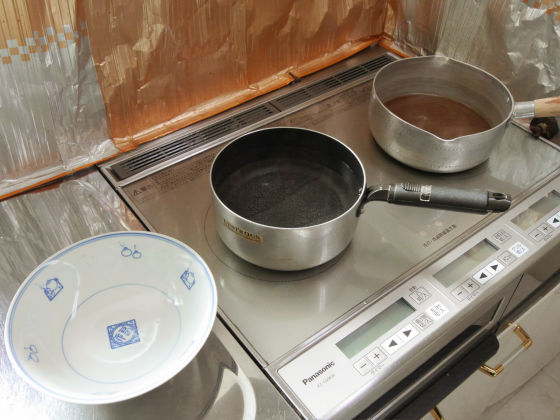
Pork is not put in after boiling but put in soup when putting on fire. Put the fire and heat it until the color of pork changes.
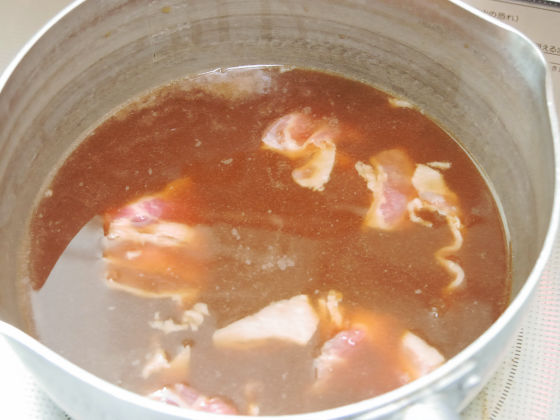
Return the noodles to room temperature 1 to 2 hours before boiling.
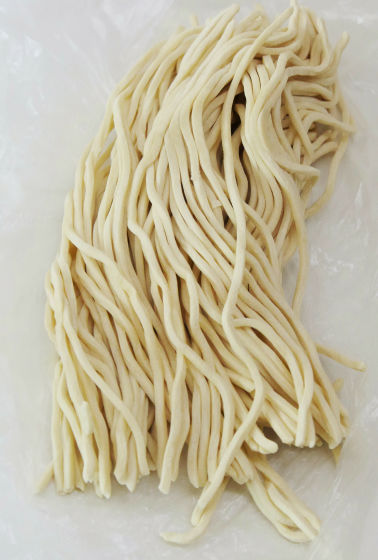
I put it in hot water ... ....
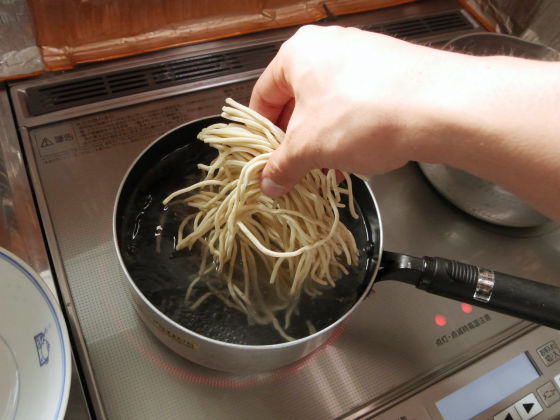
Boil the noodles a little and raise the noodles when they float. It is slightly thick, so it seems to require a boiling time of 4 to 5 minutes, but the time it took to actually cook the noodles was less than 2 minutes.
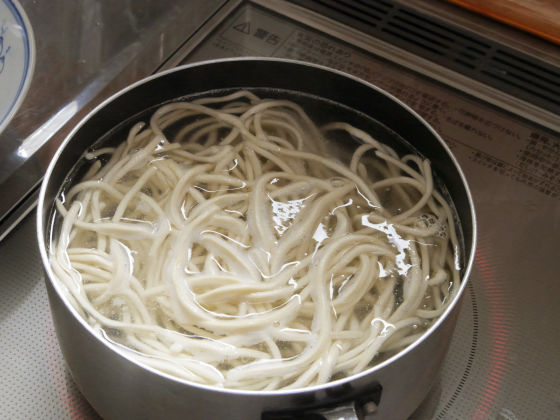
Cut the hot water ......
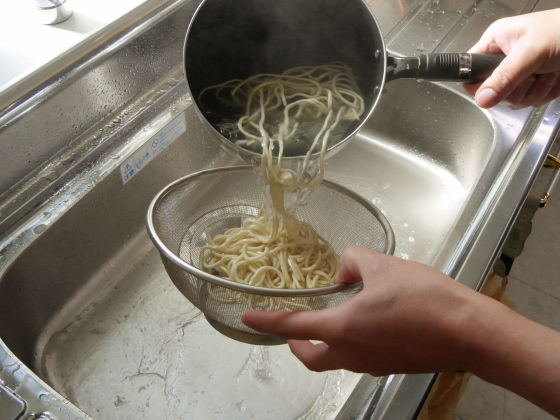
Pour the soup ...

Complete with a green onion.
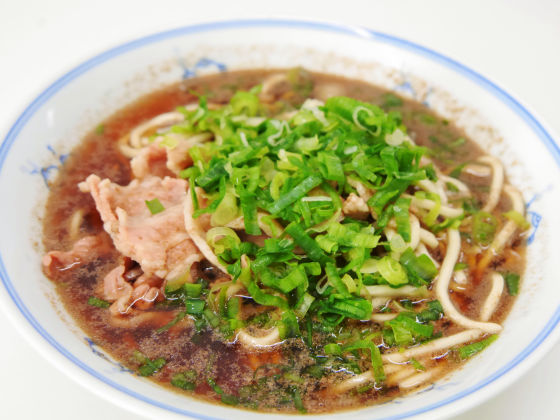
Although noodles are not unable to bite, there is considerable solidness, hardness like "Barikita" in Hakata ramen. The noodles are thick, and the texture which is pounding is originality.
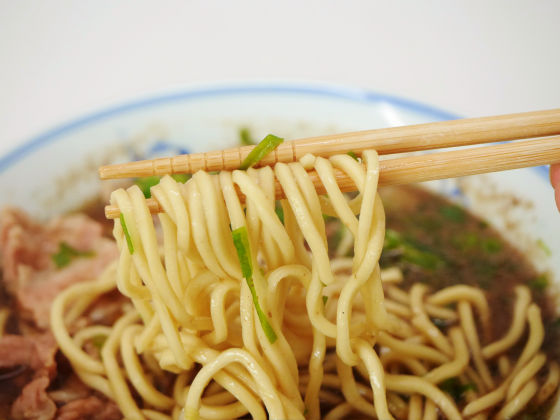
Slightly seafood fragrant, taste of soup like a little meat of udon. You can feel the taste of soy sauce firmly.
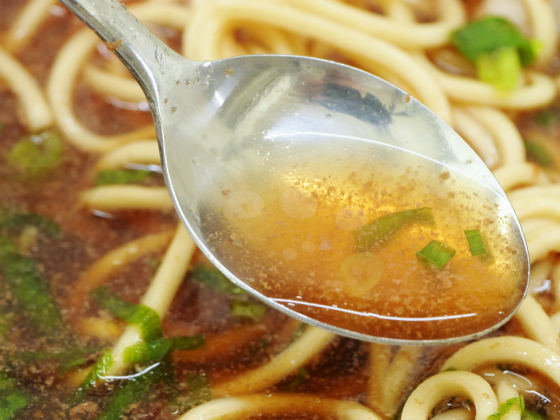
Pork roses taste like eating with meat udon, but there are quite a lot, there is a response to eat.
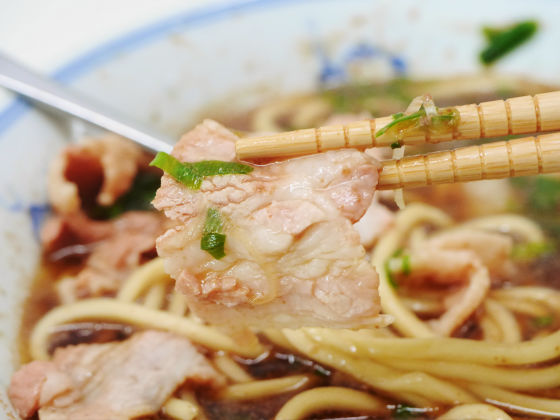
Now that the boom has left, there are few shops eating authentic Wakayama noodles outside the prefecture, but there are many ramen shops in Wakayama city. As I did before, it will not line up in the shops for hours, so some ramen can be eaten only in the area, so it is recommended for sightseeing.
Related Posts:
in Gastronomic Adventure, Posted by darkhorse_log
